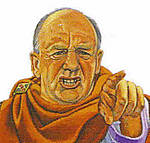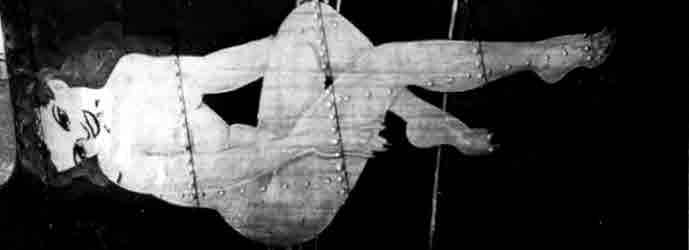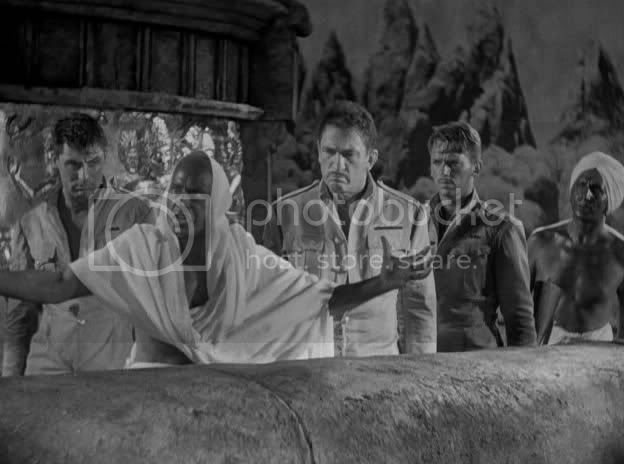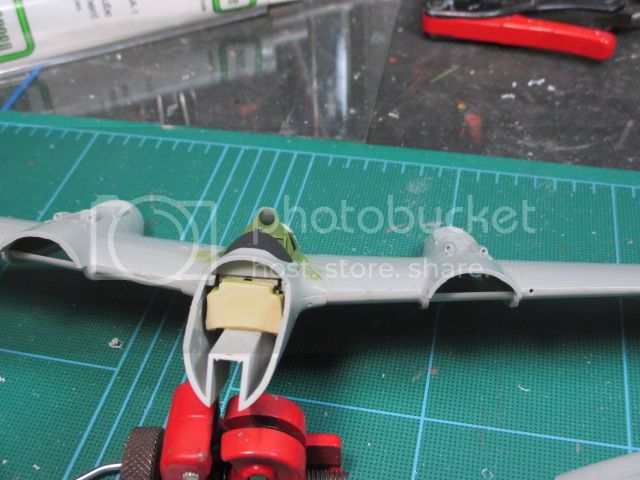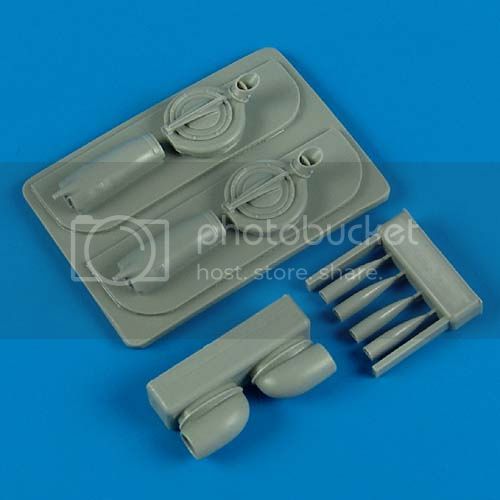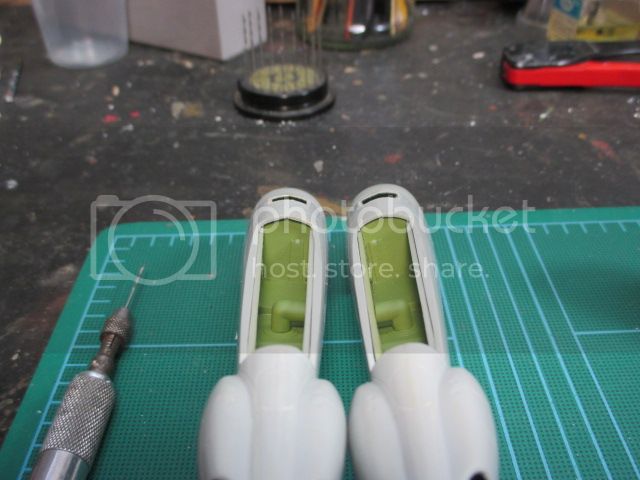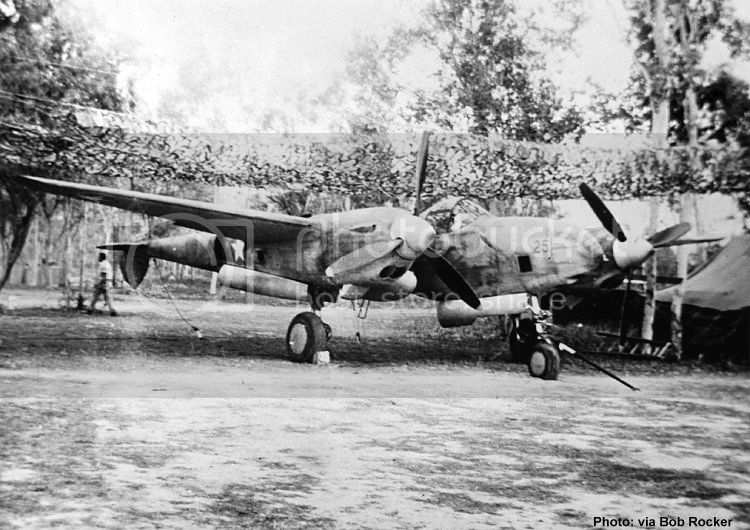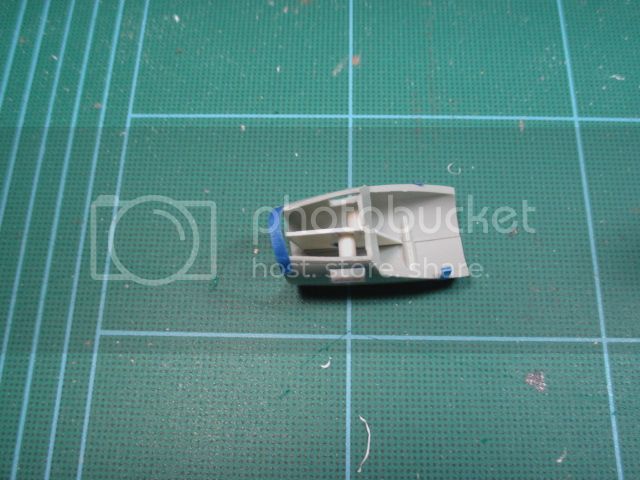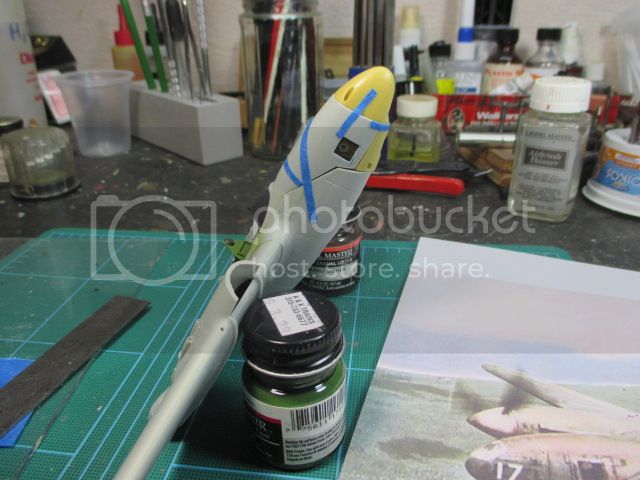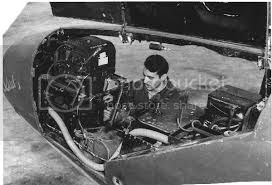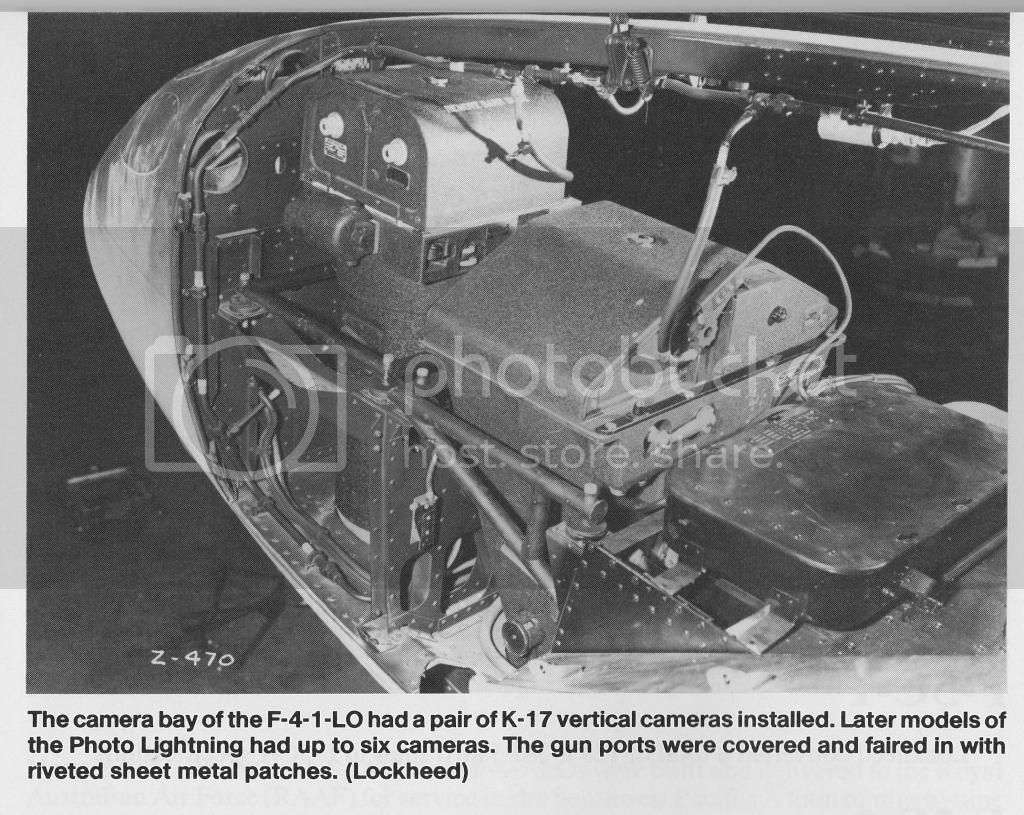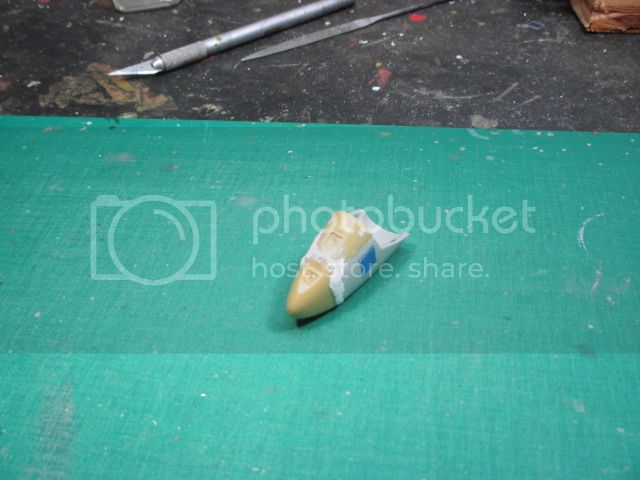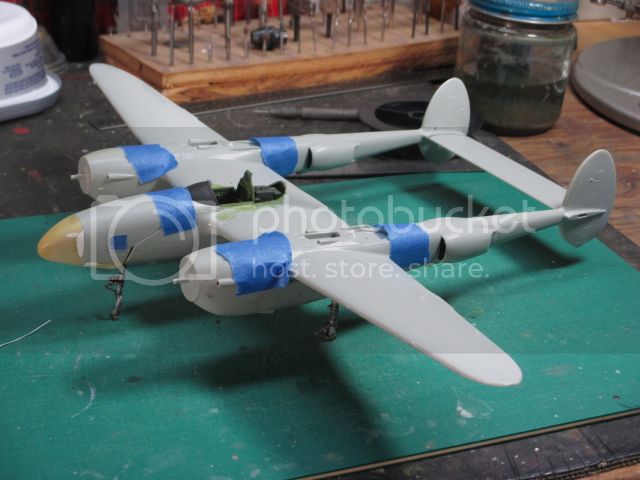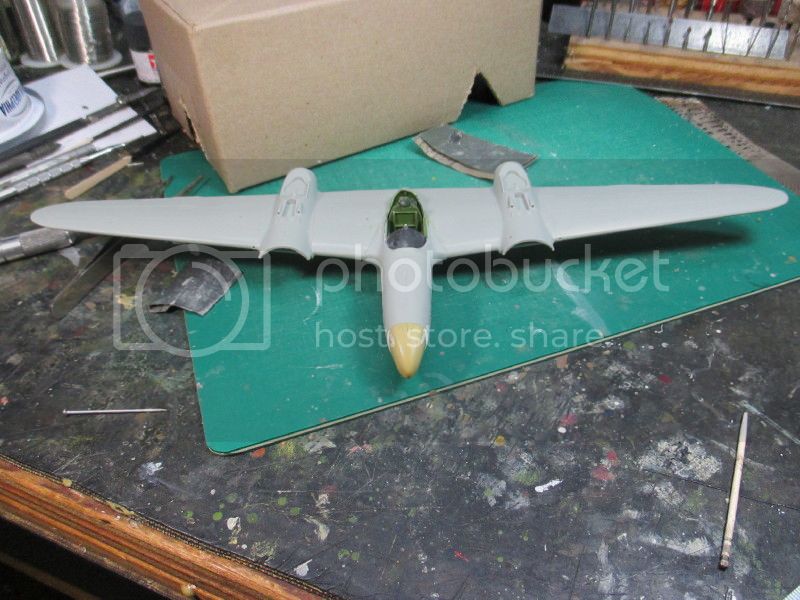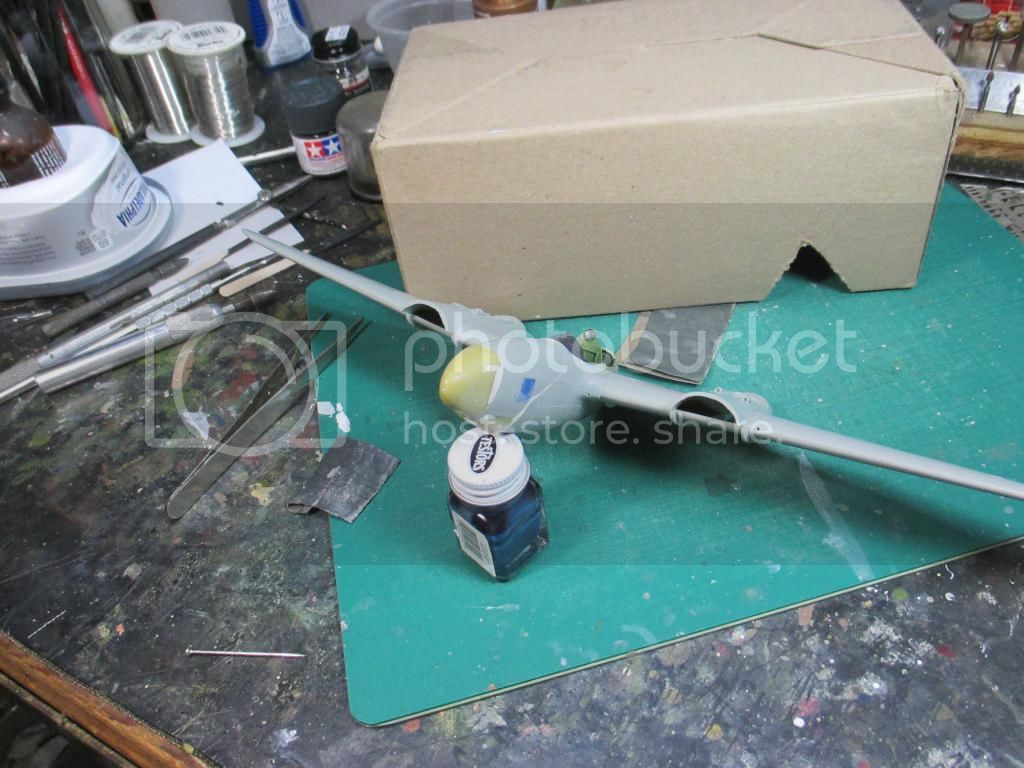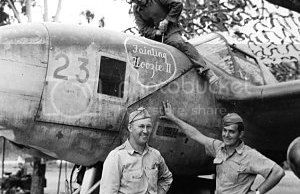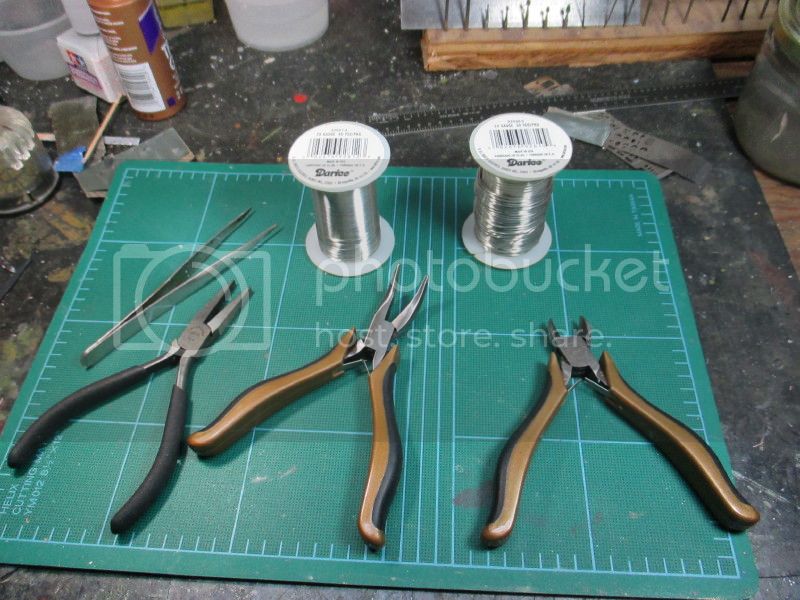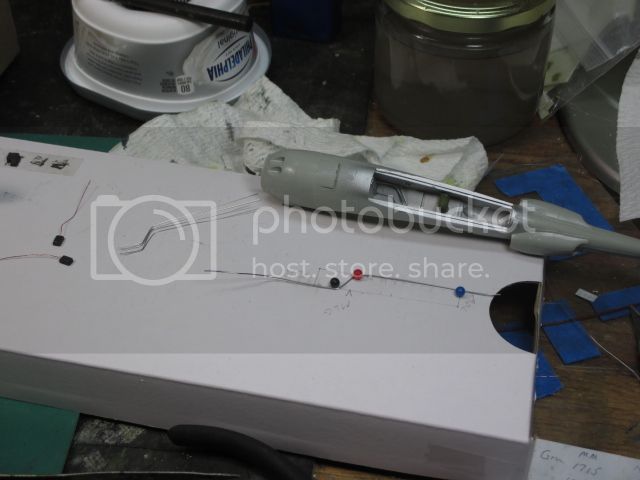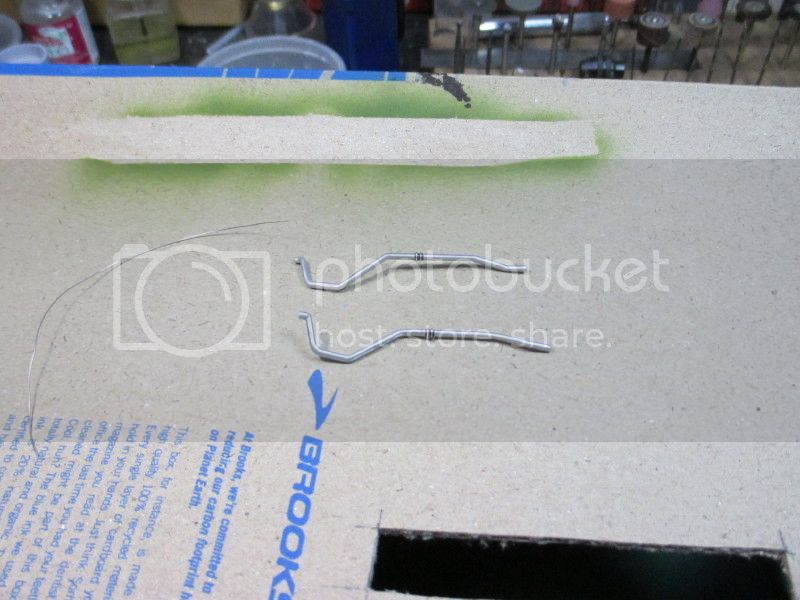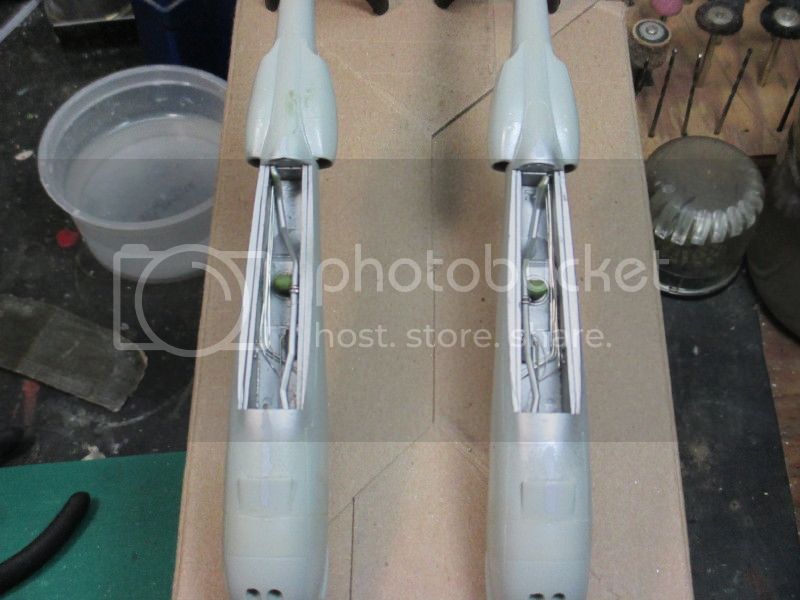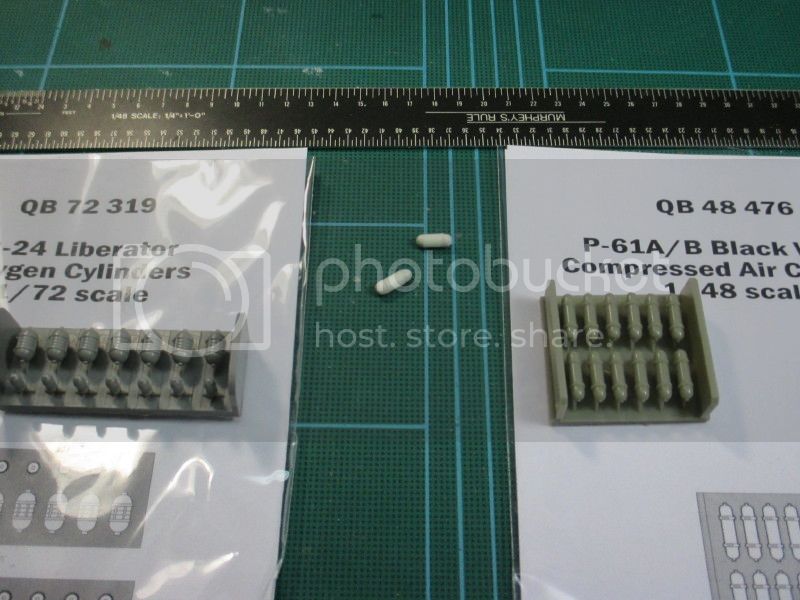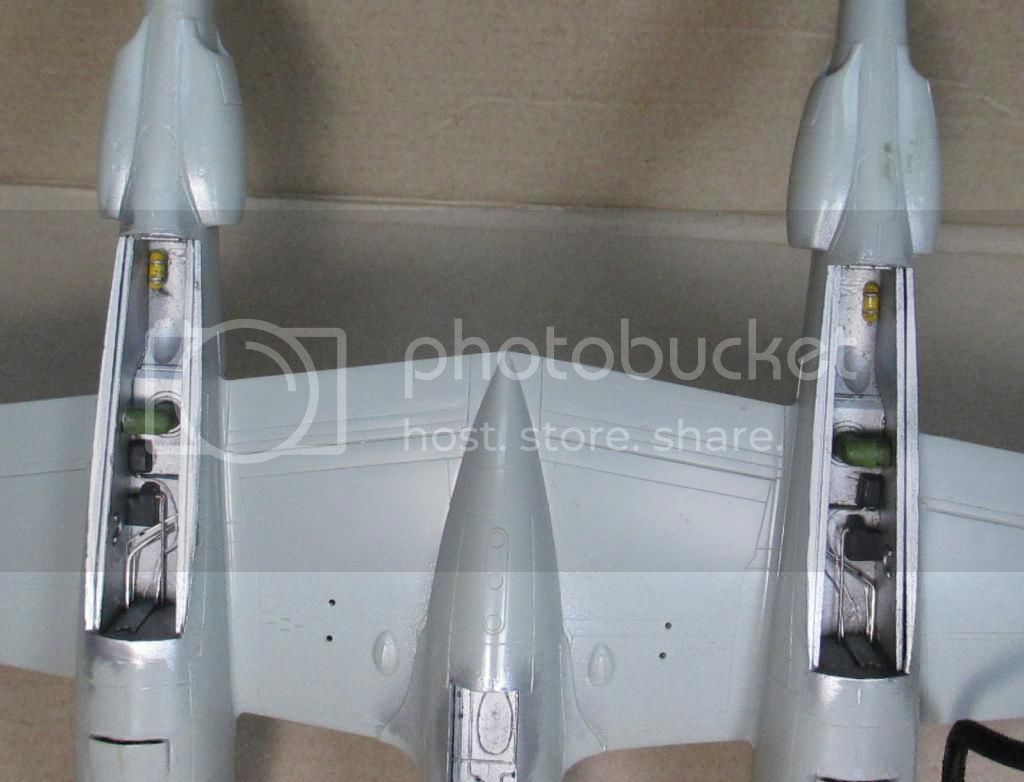An artist's rendition of what is in the box.

This is not a bad kit in it's own right, as with most Academy kits this one is not without it's warts, but the detail and accuracy is good for a kit this age. It is a direct relative of the excellent P-38L build that Joel_W recently completed and I will refer the reader to that topic as an example of how it should be done. However my misguided meanderings will take me in this direction:
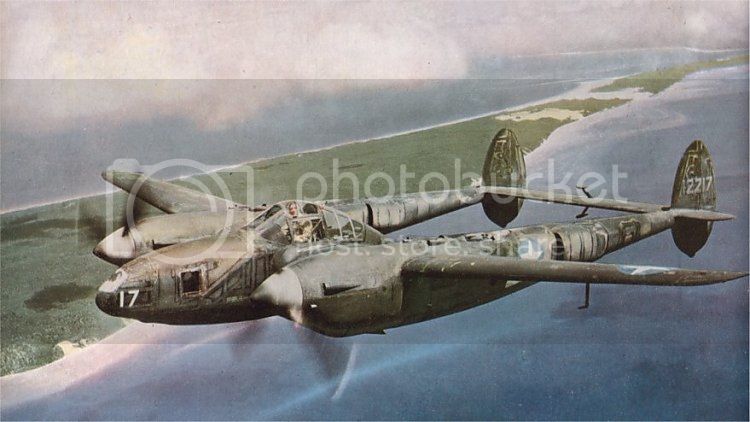
This shot upon close examination appears to be a colorized version of this b&w shot.
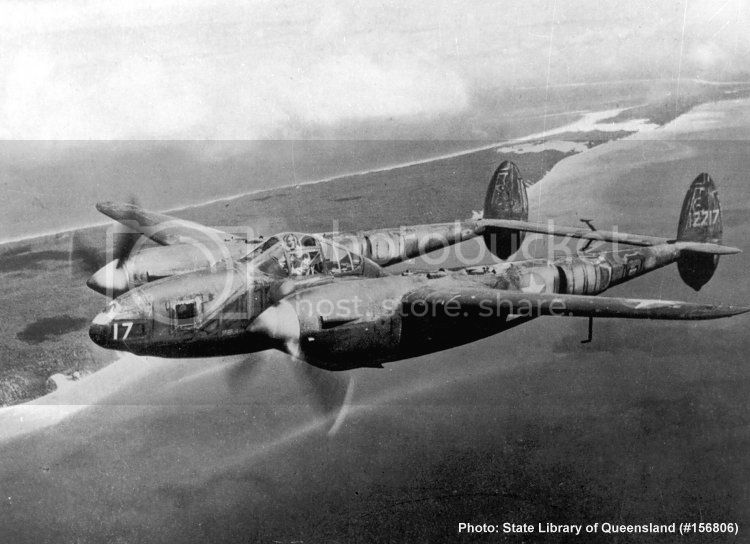
As with any colorized photo, all colors involved are suspect. This shot was probably taken in the summer or early fall of 1942 and shows an F4 of the 8th Photo Recon Sqdn. in the SW Pacific. This is the direction I am heading - and this is where I'm coming
from:

This is another one of my projects that got started long enough ago that I am no longer quite sure where it was originally headed. The two small resin pieces are the extent of the conversion. How hard could two little pieces of resin possibly be? For starts one has to remember that model conversions are like plumbing projects, one not only has to contend with the parts being replaced, but there is a near iron-clad certainty that any parts that come in contact with, or in near proximity of said parts will also require work. Thus we launch into the land of guess-work and supposition. The cockpit is the True Details P-38 set, which like most True Details cockpits has some fidelity shortcomings but is an improvement over most kit parts. This cockpit was done at a time when my standards were a bit more slack than at present so at some point in the build process I'll have to go back in and see if anything can be done to spruce it up without making a bigger mess. The only real conversion work done at this point is to saw off the bottom of the nose fairing to accept the resin ventral camera lens. The conversion pieces themselves are of unknown origin (something gathering dust on a LHS back shelf in the 1990's). The 3 inch x 3 inch instruction sheet (remember - how difficult can two small pieces of resin be?) mumbled something about these being for the Hasegawa Kit. This may explain the fit of the recon nose on the Academy forward fairing.
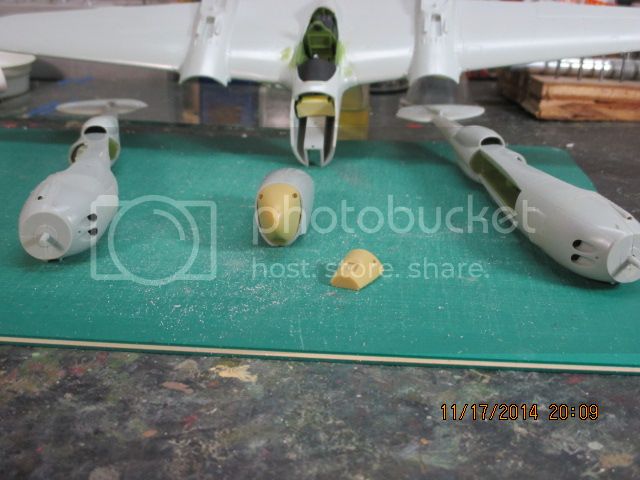
This is definitely heavy in the jowls and will take some work to get it smoothed out. More on this as our build develops.






